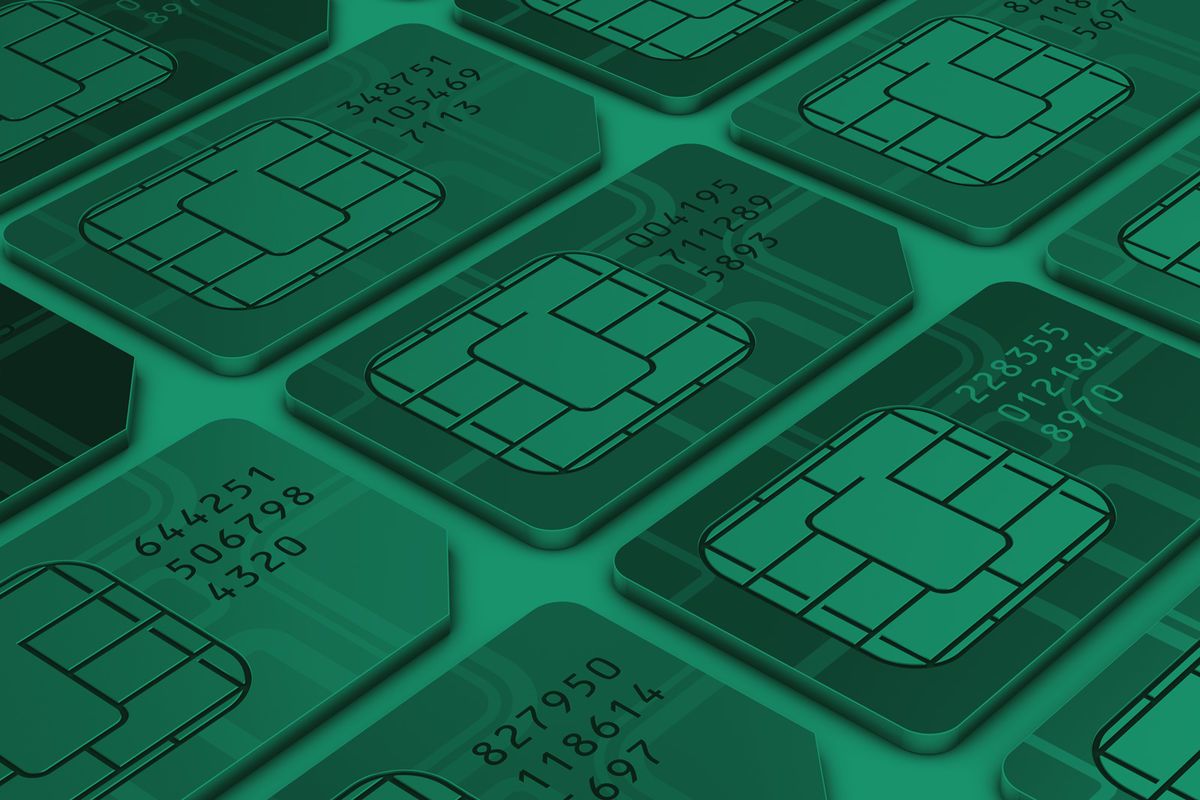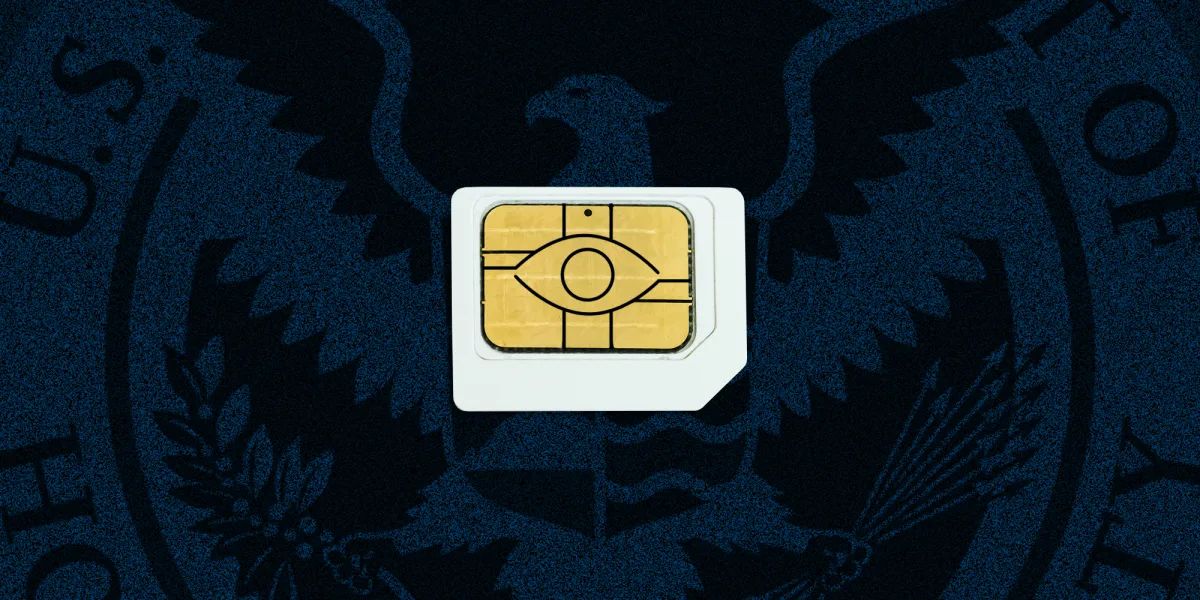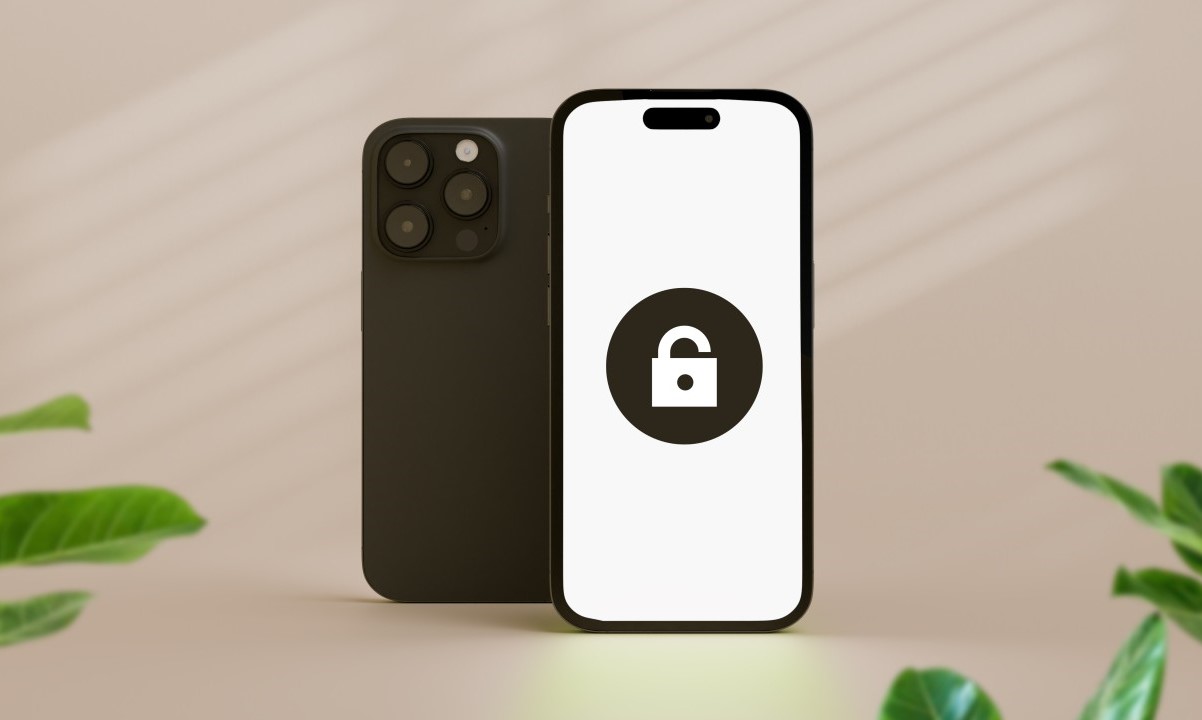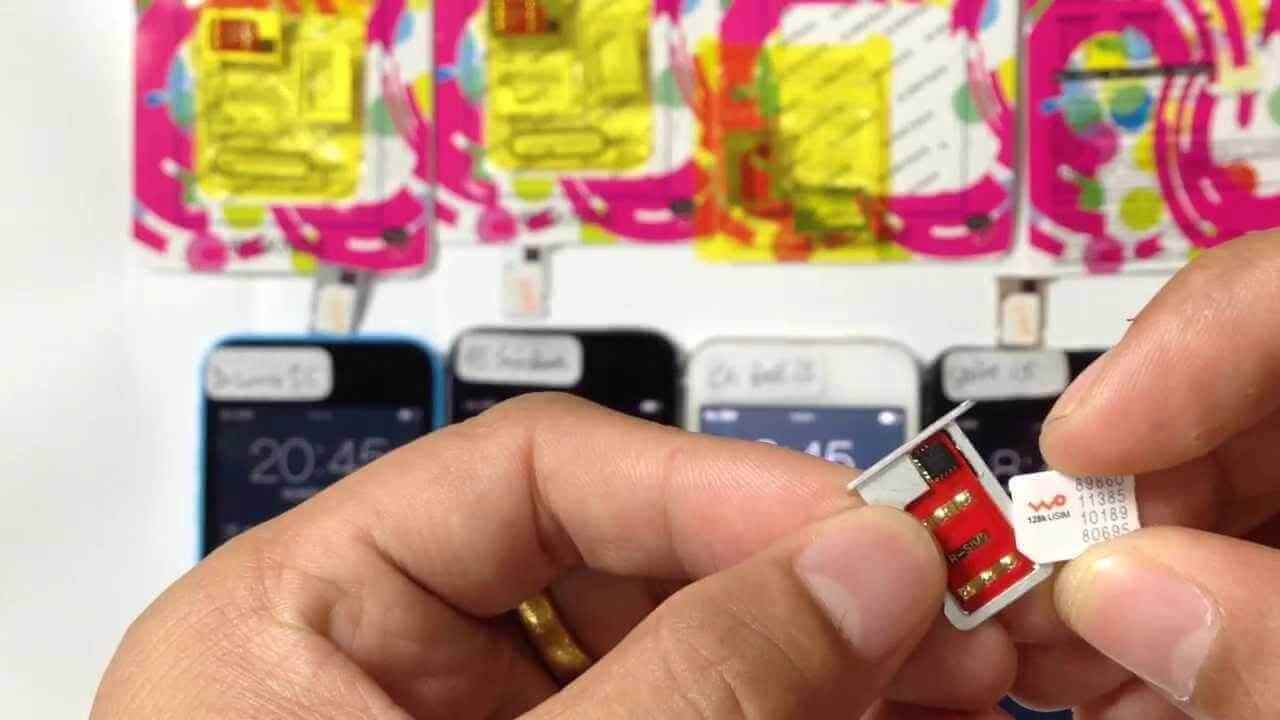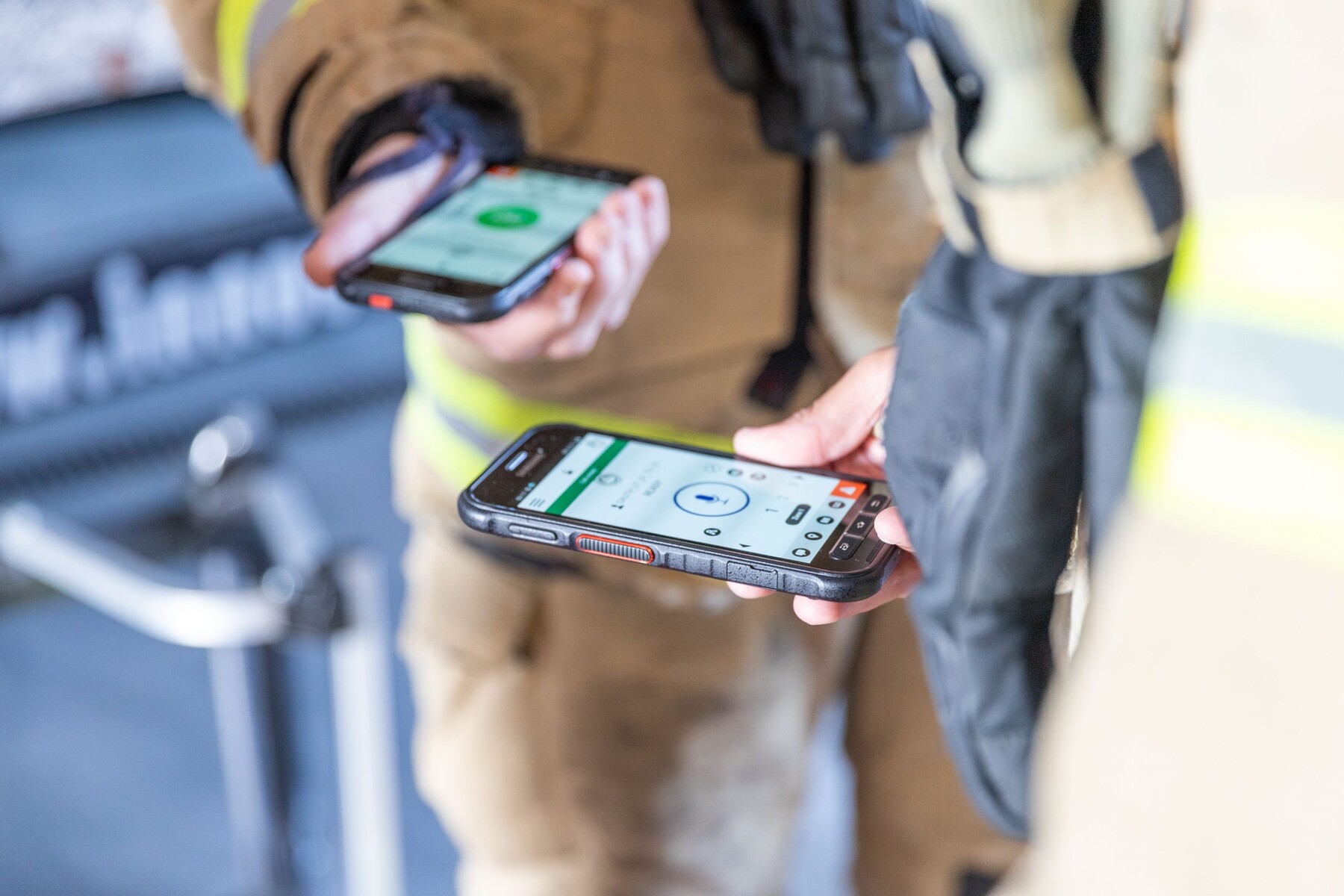Introduction
The advent of mobile devices has revolutionized the way we communicate, offering unparalleled convenience and connectivity. However, with the increasing reliance on mobile phones, concerns about security and privacy have surfaced. One such concern is the vulnerability of SIM cards to cloning, a deceptive practice that can lead to unauthorized access and misuse of personal information. In this comprehensive guide, we will delve into the intricate world of SIM card cloning, shedding light on its mechanisms, implications, and preventive measures.
As technology continues to evolve, the concept of SIM card cloning has garnered attention due to its potential for misuse. Understanding the intricacies of this process is crucial for safeguarding sensitive data and maintaining the integrity of communication networks. Throughout this guide, we will unravel the complexities of SIM card cloning, providing insights into the underlying techniques and the implications it poses for mobile device users.
With the proliferation of mobile devices, the security of SIM cards has become a paramount concern. By exploring the nuances of SIM card cloning, we aim to equip readers with the knowledge necessary to protect their personal information and mitigate the risks associated with this illicit practice. As we embark on this journey, we will unravel the step-by-step process of SIM card cloning, offering a comprehensive understanding of its intricacies and the measures to counteract its potential threats.
Stay tuned as we delve into the world of SIM card cloning, unraveling its inner workings and empowering readers with the knowledge to fortify their mobile security. Let's embark on this enlightening exploration to demystify SIM card cloning and fortify our digital defenses against potential vulnerabilities.
What is SIM Card Cloning?
SIM card cloning is a deceptive technique that involves creating a replica of a legitimate SIM card, enabling unauthorized access to the associated mobile network. This illicit practice allows perpetrators to intercept calls, send messages, and access sensitive information without the owner's knowledge. Essentially, the cloned SIM card mimics the unique identifier of the original card, granting unauthorized access to the network and compromising the security and privacy of the legitimate user.
The process of SIM card cloning entails duplicating the International Mobile Subscriber Identity (IMSI) and the Authentication Key (Ki) from the target SIM card onto a blank SIM card. By replicating these crucial identifiers, perpetrators can effectively impersonate the legitimate user, gaining unrestricted access to their communication services and sensitive data. This clandestine act poses a significant threat to the integrity of mobile networks and the privacy of individuals, highlighting the dire need for robust security measures to thwart such malicious activities.
Furthermore, SIM card cloning is not confined to a specific type of mobile device or network, making it a pervasive threat across various platforms. The vulnerability of SIM cards to cloning underscores the need for heightened vigilance and proactive measures to safeguard against unauthorized access and potential exploitation of personal information. By comprehending the intricacies of SIM card cloning, individuals can adopt preventive strategies and fortify their mobile security, thereby mitigating the risks associated with this illicit practice.
In essence, SIM card cloning represents a surreptitious intrusion into the realm of mobile communications, posing grave implications for individuals and telecommunication providers alike. By unraveling the complexities of SIM card cloning, we can gain a comprehensive understanding of its ramifications and the imperative need for stringent security protocols to mitigate its potential threats. As we delve deeper into the mechanisms of SIM card cloning, it becomes evident that heightened awareness and proactive measures are indispensable in safeguarding the sanctity of mobile networks and preserving the privacy of mobile device users.
Why Do People Clone SIM Cards?
The clandestine act of SIM card cloning is driven by various illicit motives that underscore the nefarious intentions of perpetrators. Understanding the underlying reasons behind SIM card cloning is crucial in comprehending the gravity of this deceptive practice and its far-reaching implications.
Illicit Access to Communication Services
One of the primary motivations for SIM card cloning is to gain unauthorized access to communication services, including making calls, sending messages, and accessing data without detection. By replicating the unique identifiers of a legitimate SIM card, perpetrators can exploit this cloned version to surreptitiously intercept communications, posing a significant threat to the privacy and security of the legitimate user.
Identity Theft and Fraud
SIM card cloning facilitates identity theft and fraudulent activities, allowing perpetrators to impersonate the legitimate user and engage in unauthorized transactions, deceitful communications, and other illicit endeavors. This deceptive practice enables fraudsters to exploit the cloned SIM card for financial gain, perpetrating fraudulent activities that can have detrimental repercussions for the unsuspecting victim.
Espionage and Surveillance
In certain cases, SIM card cloning is employed for espionage and surveillance purposes, enabling unauthorized monitoring of an individual's communications and activities. By surreptitiously cloning a target's SIM card, perpetrators can eavesdrop on private conversations, intercept sensitive information, and clandestinely track the movements and interactions of the legitimate user, posing a grave threat to their privacy and security.
Circumvention of Security Measures
Perpetrators may resort to SIM card cloning as a means to circumvent security measures and gain unauthorized entry into restricted areas or systems that rely on SIM card authentication. This deceptive tactic enables unauthorized individuals to exploit the cloned SIM card to bypass security protocols, gain entry to secure facilities, or compromise sensitive systems, thereby undermining the integrity of established security measures.
Subversion of Regulatory Controls
SIM card cloning can also be driven by the intent to subvert regulatory controls and perpetrate illicit activities that contravene legal and ethical standards. By circumventing established regulations and controls through the use of cloned SIM cards, perpetrators can engage in activities that are prohibited or restricted, posing a threat to the overall integrity of telecommunication networks and regulatory frameworks.
In essence, the motivations behind SIM card cloning are deeply rooted in illicit intentions, encompassing a spectrum of nefarious activities that pose significant threats to privacy, security, and regulatory compliance. By unraveling the underlying motives driving SIM card cloning, we gain a comprehensive understanding of the imperative need for robust security measures and heightened vigilance to counteract this deceptive practice and safeguard the integrity of mobile communications.
How Does SIM Card Cloning Work?
SIM card cloning is a sophisticated process that exploits vulnerabilities in the authentication and encryption mechanisms of SIM cards, enabling perpetrators to create a duplicate replica of a legitimate SIM card. The intricate workings of SIM card cloning involve the extraction and replication of crucial identifiers, allowing unauthorized access to mobile networks and compromising the privacy and security of the legitimate user.
The process begins with the acquisition of specialized equipment and software that facilitate the extraction and replication of the target SIM card's unique identifiers, namely the International Mobile Subscriber Identity (IMSI) and the Authentication Key (Ki). These identifiers are fundamental to the authentication and encryption processes that underpin the security of SIM cards and mobile communications.
Once the necessary equipment is in place, the perpetrator obtains the target SIM card, either through surreptitious means or social engineering tactics. Subsequently, the IMSI number, which serves as a unique identifier for the SIM card within the mobile network, is extracted from the target SIM card using specialized hardware and software. This extracted IMSI number is a pivotal component in the cloning process, as it enables the perpetrator to mimic the identity of the legitimate user within the mobile network.
Following the extraction of the IMSI number, a blank SIM card is programmed with the cloned IMSI and the Authentication Key (Ki) obtained from the target SIM card. This crucial step involves the precise encoding of the cloned identifiers onto the blank SIM card, effectively replicating the unique characteristics of the legitimate SIM card. Once the blank SIM card has been programmed with the cloned identifiers, it becomes indistinguishable from the original SIM card, enabling unauthorized access to the mobile network.
The final phase of SIM card cloning entails testing the cloned SIM card to ensure its seamless functionality within the mobile network. By inserting the cloned SIM card into a compatible mobile device, the perpetrator can verify its operational capabilities, including making calls, sending messages, and accessing network services. Upon successful validation, the cloned SIM card becomes a potent tool for perpetrating illicit activities, posing a grave threat to the privacy and security of the legitimate user.
In essence, SIM card cloning exploits the vulnerabilities inherent in SIM card authentication and encryption processes, allowing perpetrators to surreptitiously replicate the unique identifiers of legitimate SIM cards. This deceptive practice underscores the critical importance of robust security measures and heightened vigilance to counteract the potential threats posed by SIM card cloning, thereby safeguarding the integrity of mobile communications and the privacy of individuals.
Step 1: Gather Necessary Equipment
The initial phase of the SIM card cloning process entails acquiring the essential equipment and tools that are indispensable for extracting and replicating the unique identifiers of the target SIM card. This pivotal step forms the foundation of the intricate cloning procedure, laying the groundwork for the subsequent phases of the clandestine operation.
To embark on the journey of SIM card cloning, perpetrators must procure specialized hardware and software that are tailored to the extraction and replication of crucial SIM card identifiers. These include a SIM card reader/writer, which serves as the primary tool for interfacing with the target SIM card and extracting its vital information. Additionally, a blank SIM card, compatible with the target SIM card's network, is essential for programming the cloned identifiers and creating a replica of the legitimate SIM card.
In addition to the hardware components, perpetrators must also obtain software applications that are specifically designed for SIM card manipulation and replication. These software tools enable the extraction of the International Mobile Subscriber Identity (IMSI) and the Authentication Key (Ki) from the target SIM card, facilitating the cloning process. Furthermore, specialized programming software is required to encode the cloned identifiers onto the blank SIM card, thereby creating a functional replica of the original SIM card.
Moreover, the acquisition of a compatible mobile device, capable of interfacing with the programmed blank SIM card, is imperative for testing the functionality of the cloned SIM card within the mobile network. This essential component enables perpetrators to validate the operational capabilities of the cloned SIM card, ensuring its seamless integration into the targeted mobile communication environment.
By gathering the necessary equipment, perpetrators lay the groundwork for the intricate process of SIM card cloning, setting the stage for the extraction, replication, and testing of crucial SIM card identifiers. The acquisition of specialized hardware, software, blank SIM cards, and compatible mobile devices forms the cornerstone of the clandestine operation, enabling perpetrators to surreptitiously replicate the unique identifiers of legitimate SIM cards and gain unauthorized access to mobile networks.
In essence, the first step of gathering necessary equipment is pivotal in facilitating the intricate process of SIM card cloning, underscoring the critical importance of specialized tools and resources in perpetrating this deceptive practice.
Step 2: Obtain the Target SIM Card
The acquisition of the target SIM card marks a crucial phase in the intricate process of SIM card cloning. Perpetrators seeking to engage in this clandestine practice must obtain the legitimate SIM card that they intend to replicate, thereby laying the groundwork for the subsequent phases of the cloning operation.
Obtaining the target SIM card can be accomplished through various means, ranging from social engineering tactics to surreptitious acquisition. Perpetrators may employ deceptive strategies to gain access to the legitimate user's SIM card, exploiting vulnerabilities in physical security or leveraging social engineering techniques to procure the targeted device. Alternatively, individuals with malicious intent may resort to illicit means to obtain the target SIM card, such as theft or unauthorized access to personal belongings.
Moreover, the acquisition of the target SIM card necessitates a meticulous approach to ensure that the cloning process is based on an authentic and functional source. Perpetrators must exercise caution to obtain a viable and operational SIM card that is compatible with the targeted mobile network, as the successful replication of crucial identifiers hinges upon the quality and integrity of the source SIM card.
Once the target SIM card is in the possession of the perpetrator, it serves as the foundation for extracting the International Mobile Subscriber Identity (IMSI) and the Authentication Key (Ki), which are pivotal components in the cloning process. The successful acquisition of the target SIM card lays the groundwork for the subsequent phases of SIM card cloning, enabling perpetrators to extract and replicate the vital identifiers that facilitate unauthorized access to the mobile network.
In essence, the acquisition of the target SIM card represents a critical juncture in the clandestine operation of SIM card cloning, underscoring the imperative need for perpetrators to obtain a viable and compatible source SIM card. This pivotal step sets the stage for the extraction and replication of crucial identifiers, laying the groundwork for the surreptitious replication of legitimate SIM cards and the potential exploitation of mobile networks for unauthorized access and illicit activities.
Step 3: Extract the IMSI Number
The extraction of the International Mobile Subscriber Identity (IMSI) number from the target SIM card is a pivotal phase in the intricate process of SIM card cloning. The IMSI serves as a unique identifier for the SIM card within the mobile network, playing a fundamental role in authenticating the user and facilitating communication services. Perpetrators seeking to engage in SIM card cloning must meticulously extract the IMSI number from the target SIM card, laying the groundwork for the subsequent replication and programming onto a blank SIM card.
To extract the IMSI number, perpetrators utilize specialized hardware and software tools, including a SIM card reader/writer and SIM card manipulation software. The SIM card reader/writer interfaces with the target SIM card, enabling the extraction of crucial information, including the IMSI number. This process requires precision and technical expertise to ensure the accurate retrieval of the IMSI, which is essential for replicating the unique identity of the legitimate SIM card.
Once the SIM card reader/writer establishes communication with the target SIM card, the SIM card manipulation software is employed to extract the IMSI number from the card's internal data storage. This intricate process involves navigating the SIM card's file structure and identifying the specific data fields that house the IMSI number. Subsequently, the software facilitates the extraction of the IMSI, ensuring that the unique identifier is retrieved in its entirety and with utmost accuracy.
The successful extraction of the IMSI number from the target SIM card sets the stage for the subsequent phases of SIM card cloning, including the programming of the cloned IMSI onto a blank SIM card. This pivotal step forms the linchpin of the cloning process, as the accurate replication of the IMSI is indispensable for creating a functional replica of the legitimate SIM card.
In essence, the extraction of the IMSI number represents a critical juncture in the clandestine operation of SIM card cloning, underscoring the technical proficiency and precision required to replicate the unique identifiers of legitimate SIM cards. This pivotal phase lays the groundwork for the subsequent steps in the cloning process, enabling perpetrators to surreptitiously replicate the IMSI number and gain unauthorized access to mobile networks.
Step 4: Program the Blank SIM Card
Programming the blank SIM card is a pivotal phase in the intricate process of SIM card cloning, marking the transition from extraction to replication of crucial identifiers. Once the International Mobile Subscriber Identity (IMSI) number has been meticulously extracted from the target SIM card, perpetrators proceed to encode this cloned identifier onto a blank SIM card, thereby creating a functional replica of the legitimate SIM card.
The programming process necessitates the utilization of specialized software and hardware tools that enable the precise encoding of the cloned IMSI onto the blank SIM card. Perpetrators leverage SIM card programming software, which interfaces with the blank SIM card and facilitates the encoding of the cloned IMSI, replicating the unique identifier of the legitimate SIM card. This intricate process demands technical proficiency and precision to ensure the accurate programming of the cloned IMSI onto the blank SIM card, thereby creating a functional replica that can seamlessly interface with the targeted mobile network.
The successful programming of the blank SIM card with the cloned IMSI number lays the groundwork for the surreptitious replication of the legitimate SIM card's unique identity, enabling perpetrators to gain unauthorized access to the mobile network. This pivotal phase in the cloning process underscores the meticulous precision and technical expertise required to perpetrate SIM card cloning, highlighting the gravity of the illicit activities associated with this deceptive practice.
In essence, the programming of the blank SIM card represents a critical juncture in the clandestine operation of SIM card cloning, marking the transformation of extracted data into a functional replica of the legitimate SIM card. This pivotal step sets the stage for the subsequent testing of the cloned SIM card, underscoring the imperative need for technical proficiency and precision to perpetrate this deceptive practice.
Step 5: Test the Cloned SIM Card
The final phase of the intricate SIM card cloning process involves the critical step of testing the cloned SIM card to ensure its seamless functionality within the targeted mobile network. Perpetrators must meticulously verify the operational capabilities of the cloned SIM card, including its ability to make calls, send messages, and access network services, thereby validating its efficacy as a functional replica of the legitimate SIM card.
To test the cloned SIM card, perpetrators insert it into a compatible mobile device, ensuring that it interfaces seamlessly with the targeted mobile network. This pivotal step demands precision and technical proficiency to ascertain the operational integrity of the cloned SIM card within the mobile communication environment. By initiating calls, sending messages, and accessing network services, perpetrators validate the functionality of the cloned SIM card, ensuring that it mirrors the operational capabilities of the legitimate SIM card.
The successful validation of the cloned SIM card underscores the culmination of the intricate cloning process, highlighting the surreptitious replication of the legitimate SIM card's unique identifiers. This pivotal phase serves as a testament to the technical expertise and precision required to perpetrate SIM card cloning, underscoring the potential threats posed by this deceptive practice.
In essence, testing the cloned SIM card represents a critical juncture in the clandestine operation of SIM card cloning, marking the validation of its operational capabilities within the targeted mobile network. This pivotal step underscores the imperative need for technical proficiency and precision to perpetrate this deceptive practice, thereby posing a grave threat to the privacy and security of mobile device users.
Conclusion
In conclusion, the intricate world of SIM card cloning unveils a clandestine realm fraught with potential threats to the security and privacy of mobile device users. The step-by-step process of SIM card cloning, as elucidated in this comprehensive guide, sheds light on the technical intricacies and deceptive mechanisms employed by perpetrators to surreptitiously replicate the unique identifiers of legitimate SIM cards. From the initial gathering of necessary equipment to the meticulous extraction and replication of crucial identifiers, the cloning process underscores the technical proficiency and precision required to perpetrate this illicit practice.
The implications of SIM card cloning extend far beyond the surreptitious replication of SIM card identifiers, encompassing grave threats to the integrity of mobile networks, the privacy of individuals, and regulatory compliance. The motivations driving SIM card cloning, ranging from illicit access to communication services to identity theft and espionage, underscore the nefarious intentions of perpetrators seeking to exploit vulnerabilities in mobile communication systems.
Furthermore, the implications of SIM card cloning extend far beyond the surreptitious replication of SIM card identifiers, encompassing grave threats to the integrity of mobile networks, the privacy of individuals, and regulatory compliance. The motivations driving SIM card cloning, ranging from illicit access to communication services to identity theft and espionage, underscore the nefarious intentions of perpetrators seeking to exploit vulnerabilities in mobile communication systems.
In light of the intricate process and potential threats associated with SIM card cloning, it is imperative for mobile device users, telecommunication providers, and regulatory authorities to adopt robust security measures and heightened vigilance. By fortifying mobile networks with advanced encryption protocols, implementing stringent authentication mechanisms, and raising awareness about the risks of SIM card cloning, stakeholders can mitigate the potential threats posed by this deceptive practice.
Ultimately, the comprehensive understanding of SIM card cloning presented in this guide serves as a clarion call for heightened vigilance and proactive measures to safeguard the sanctity of mobile communications. By unraveling the technical intricacies and implications of SIM card cloning, individuals can fortify their mobile security, mitigate the risks of unauthorized access, and preserve the privacy and integrity of their communication networks. As technology continues to evolve, the imperative need for robust security measures and heightened awareness remains paramount in countering the potential threats posed by SIM card cloning, thereby ensuring the integrity and privacy of mobile communications.







